If the weather warms up a bit, we could see eastern tent caterpillars (Malacosoma americanum) and forest tent caterpillars (Malacosoma disstria) hatching before the next forest health newsletter. These are both early spring caterpillars and hatch very soon after bud break.
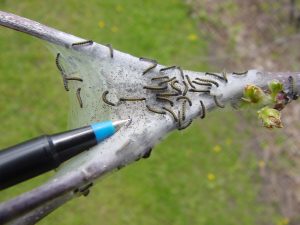
Eastern tent caterpillars with pen. Web nests and caterpillars will be small at first.
Eastern tent caterpillar will make a web nest that can often be seen on wild black cherry along roadsides, although they also like to feed on crabapple, apple, and a few other species. Forest tent caterpillar does not make a web nest and prefers to feed on aspen and oak.
Continue reading “Eastern tent caterpillars and forest tent caterpillars emerging soon”

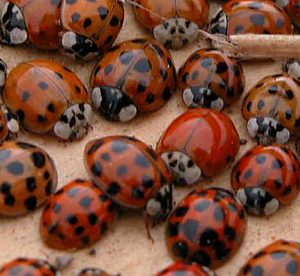
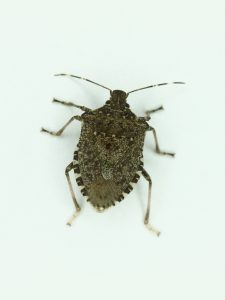
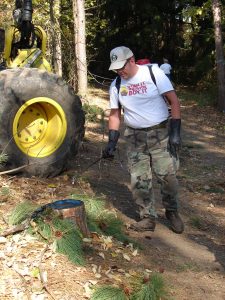
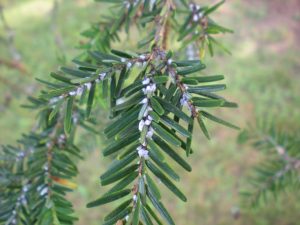
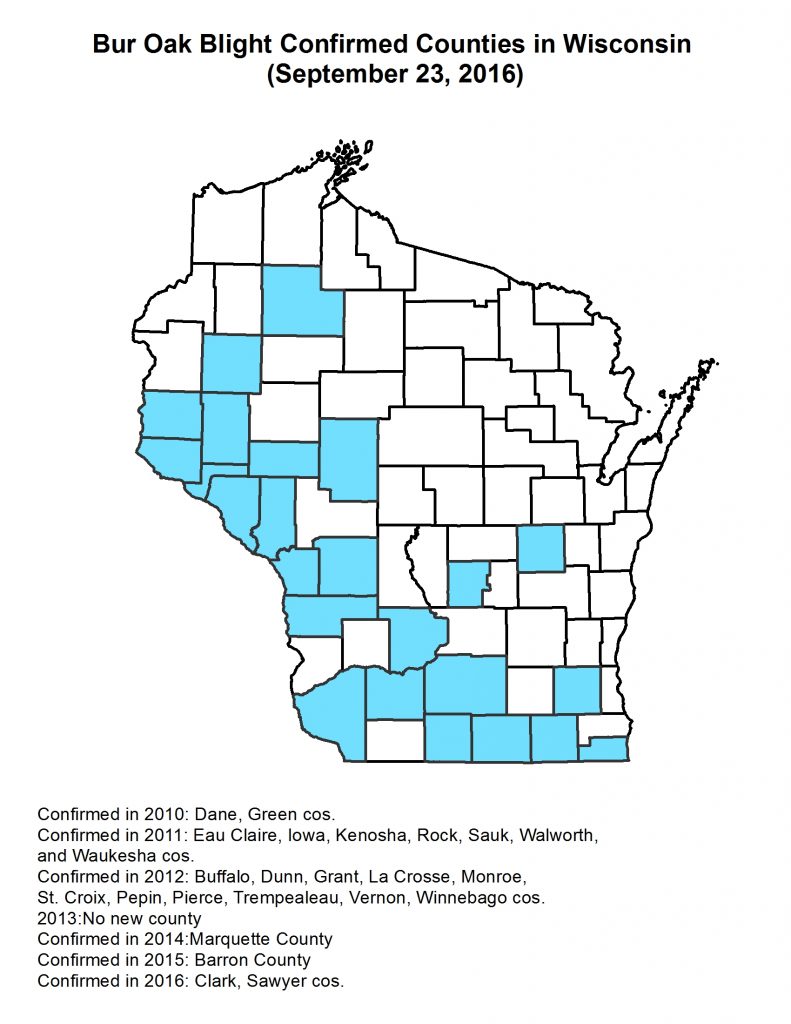
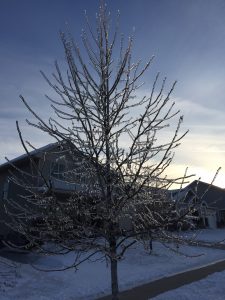
 Recently, the DNR Urban Forestry Program and the Wisconsin Arborist Association (WAA) recently held the annual Wisconsin Urban Forestry Conference in Green Bay, Wisconsin. With the theme “Healthy Benefits to Enriching Your Arboriculture and Urban Forestry Knowledge,” the conference was three full days of exhibits, presentations from experts across the world, and networking events and opportunities. There was record attendance this year, beating out last year’s record of 750. This year, the WAA offered a new Utility Track of presentations that allowed members to learn more about technologies in community forestry and other topics to help those who attended.
Recently, the DNR Urban Forestry Program and the Wisconsin Arborist Association (WAA) recently held the annual Wisconsin Urban Forestry Conference in Green Bay, Wisconsin. With the theme “Healthy Benefits to Enriching Your Arboriculture and Urban Forestry Knowledge,” the conference was three full days of exhibits, presentations from experts across the world, and networking events and opportunities. There was record attendance this year, beating out last year’s record of 750. This year, the WAA offered a new Utility Track of presentations that allowed members to learn more about technologies in community forestry and other topics to help those who attended.